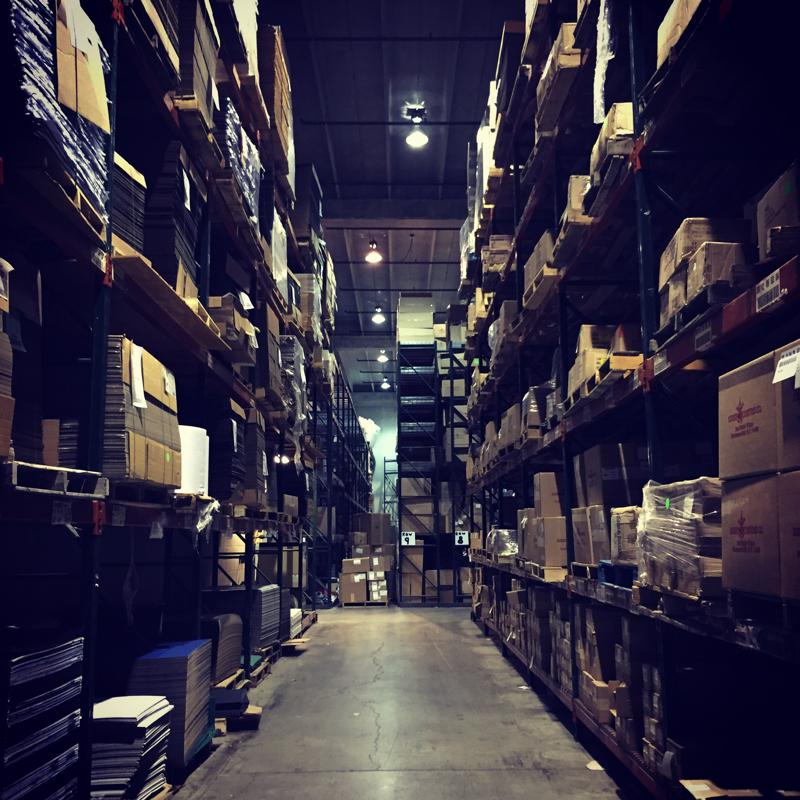With the back-to-school shopping season wrapping up for another year, the holiday shopping blitz is nearly underway. The weeks between Thanksgiving and Christmas are typically the busiest and most profitable for retailers of all kinds and sizes; stores are stocking up on must-have items now as consumers get their wish lists ready.
But with stores awash in inventory as it is, retailers are slashing prices with abandon so they can make as much room as possible for what they'll sell November and December.
From rising inflation to depleted consumer sentiment to the ongoing effects of COVID-19 on the supply chain and the broader economy, a combination of factors has led to retailers' inventory predicaments. Many just simply miscalculated the level of pent-up demand their customers had coming off of the pandemic and moving toward a return to normalcy. Throughout the lockdown, demand far outpaced supply. Now, it's the reverse, even though portions of the supply chain remain problematic.
Erika Marsillac, professor of supply chain management at Old Dominion University in Virginia, told Supply Chain Dive that businesses essentially got ahead of themselves with respect to buyer appetite.
"I think a lot of companies said, 'Oh there's a buying spree,' and forgot the spree part," Marsillac explained. "A spree ends, this is not something that continues forever."

Retail sales are down from January
Perhaps the best indication of buyers' newfound thriftiness is retail sales. Since January, month-over-month sales activity among shoppers has diminished fairly consistently, according to Trading Economics. And this past July, retail sales were unchanged from June, according to the U.S. Census Bureau.
In an attempt to stop the slide, retailers are going to various lengths to spur buying activity as inventory piles up. These includes offering more BOGO (buy one, get one) discounts, placing more items into clearance and marking down prices, sometimes by as much as 50%. Brands like Walmart, Nordstrom, Kohl's and Gap are among the most well-known companies aggressively targeting discount shoppers.
Jie Zhang, who teaches marketing at the University of Maryland's Robert H. Smith School of Business, told Supply Chain Dive in an email that these tactics are undesirable for retailers since they typically wind up losing money in the long run.
"None of them is a perfect tool, but retailers have to resort to them for lack of better options," Zhang said.
Still, given the massive backlogs that retailers encountered during the pandemic due to elevated demand and massive drop-offs in production, sellers aren't necessarily remorseful about leaning into a "better safe than sorry" approach with regard to supply. For example, furniture manufacturer La-Z-Boy has invested $83 million to maximize output in the event the chain encounters bottlenecks like the ones the industry felt during the pandemic, Supply Chain Dive reported. Furniture store RH is taking similar measures. Speaking to analysts this past March, the company's CEO, Gary Freidman, said RH spent over $190 million in the fourth quarter of last year alone on bolstering its inventory capabilities.


Post A Comment:
0 comments so far,add yours